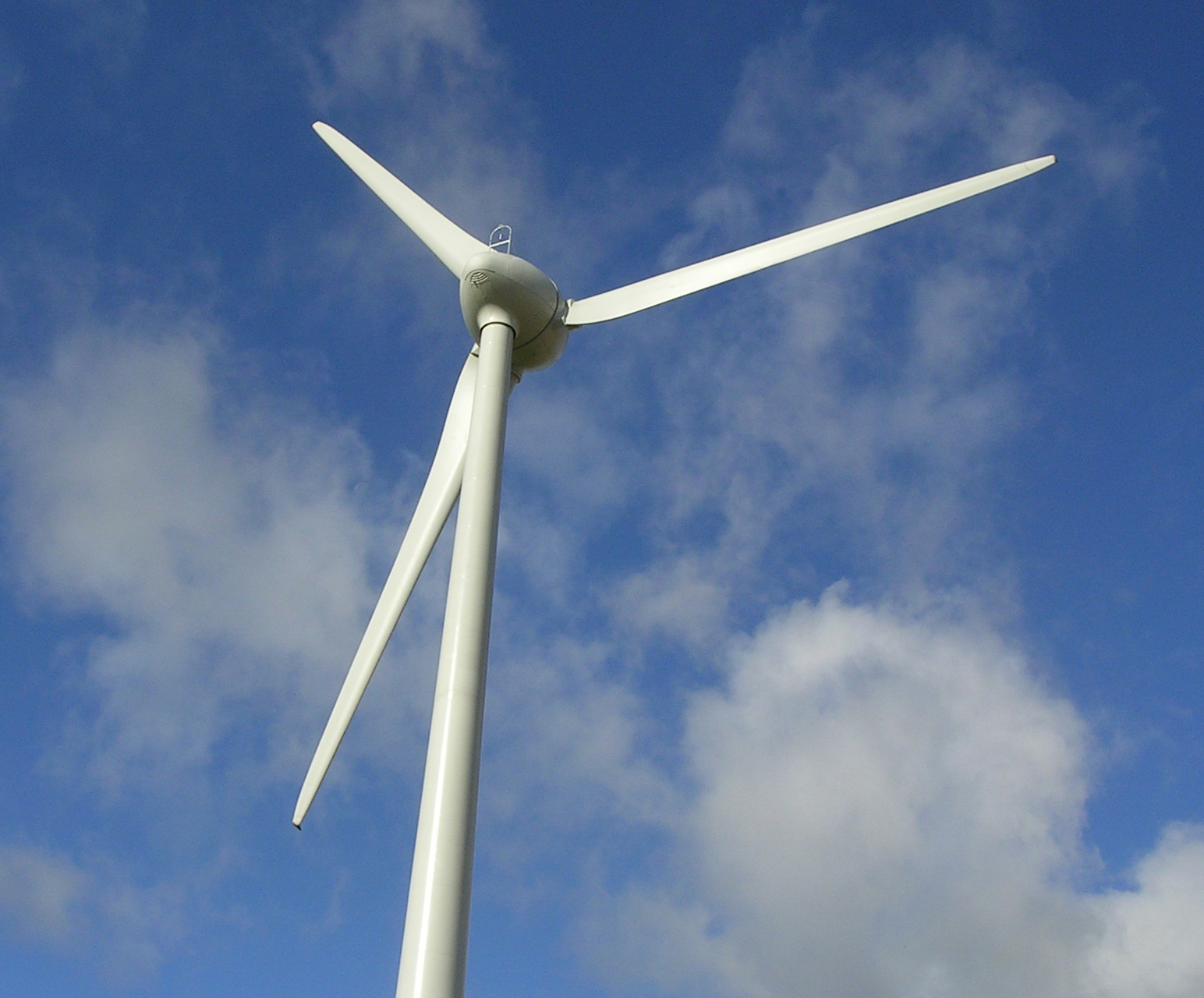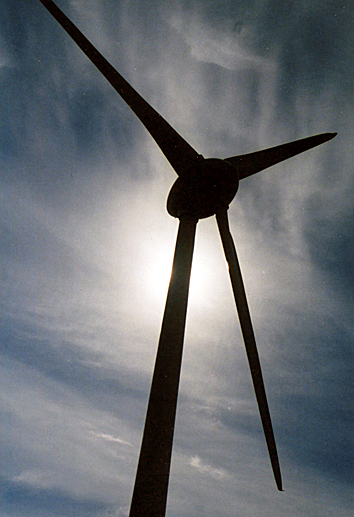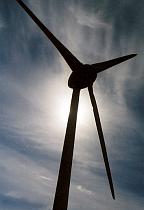Scotland pursues 2020 vision on renewable resources
The Scottish Government has set a new target - to generate half of the country's energy needs from renewable sources by 2015. This announcement is part of the Scottish National Party (SNP)-led government's ambition to achieve 100% by 2020.
North Sea oil exploration has been driven by profit, with little regard for finite resources and over-reliance on the oil and gas industries. Scotland is now set to champion renewables and become - not just the oil hub - but the energy centre of Europe.
Different sources of energy have been employed across Scotland for centuries. Water has supplied power for farming and textiles. Forestry has been a significant provider of energy. Biomass boilers are in operation, and wave and tidal schemes attract research and development funding throughout the country. Of all renewable energy sources, wind power is proving the most contentious.
The most high-profile fallout to date involves Alex Salmond, SNP First Minister, and the bullying billionaire Donald Trump, who is ranting in his usual ill-informed style about the planned offshore windfarm in Aberdeen Bay 7K from his new golf course at Menie.
Reduced electricity bills for consumers living close to onshore wind turbines could add to the investment and benefits that communities already receive from turbine developers. Discounted electricity is often impossible due to logistical problems. The Scottish Government has launched a community benefit register which will show how host communities have gained from community projects.
In Aberdeenshire the Udny Community Wind Turbine (pictured) is the first community-owned turbine on the Scottish mainland. It became fully operational in September 2011. It was planned, steered and developed by the community. Folk affected by its construction were consulted and engaged at all stages of the project. The 80M structure has generated £120,000 surplus value in its first year. Funds are dispersed into the Udny community - grants to local playgroups, tennis and bowling clubs, youth development, heritage projects, and a volunteer medical emergency team. The local church clock chimes again after a silence of 60 years - funds from the turbine have helped its restoration. £80,000 has been placed in a reserve fund for long-term projects, including a community hall.
Comments
There are 0 comments on this post














